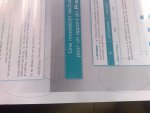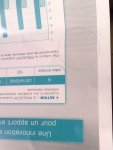I use CTP AGFA GALILEO VS4 with LP 82 processor, lithostar LAP V Plate, i have problem with gradient or gray scale you can see with on picture sheet printed with offset. how to resolve this problem ?
Please help me.
Please help me.













